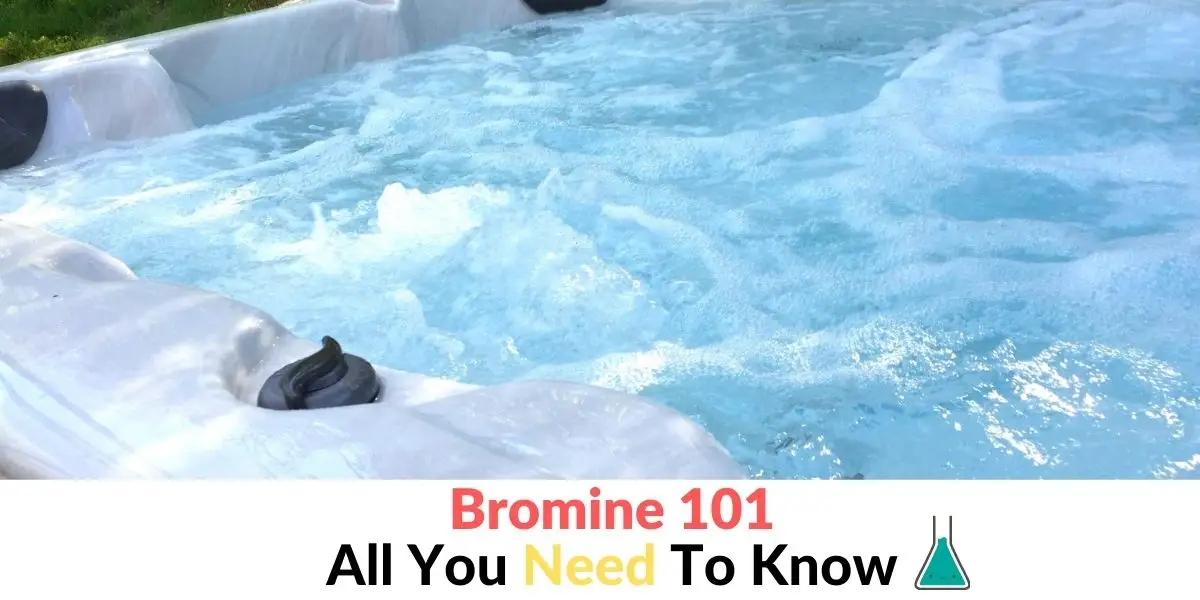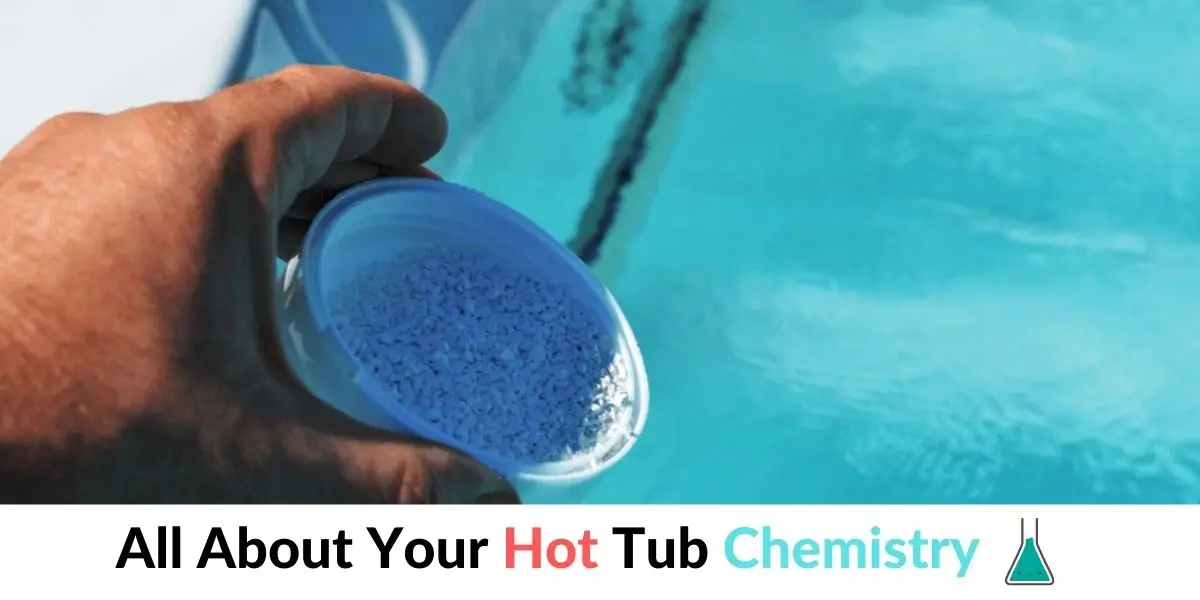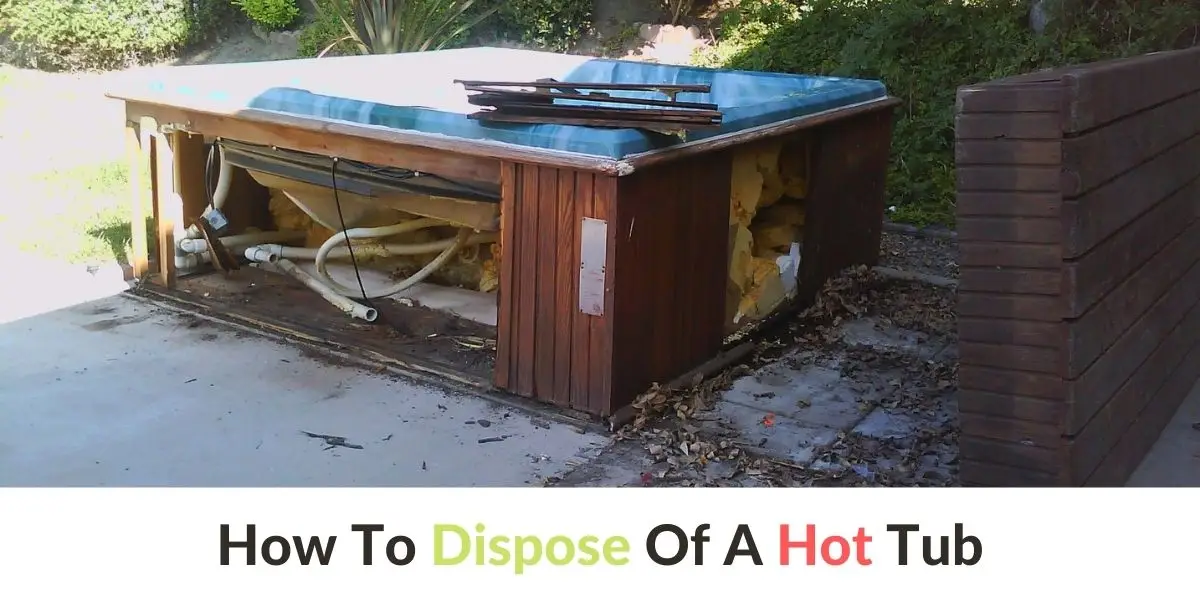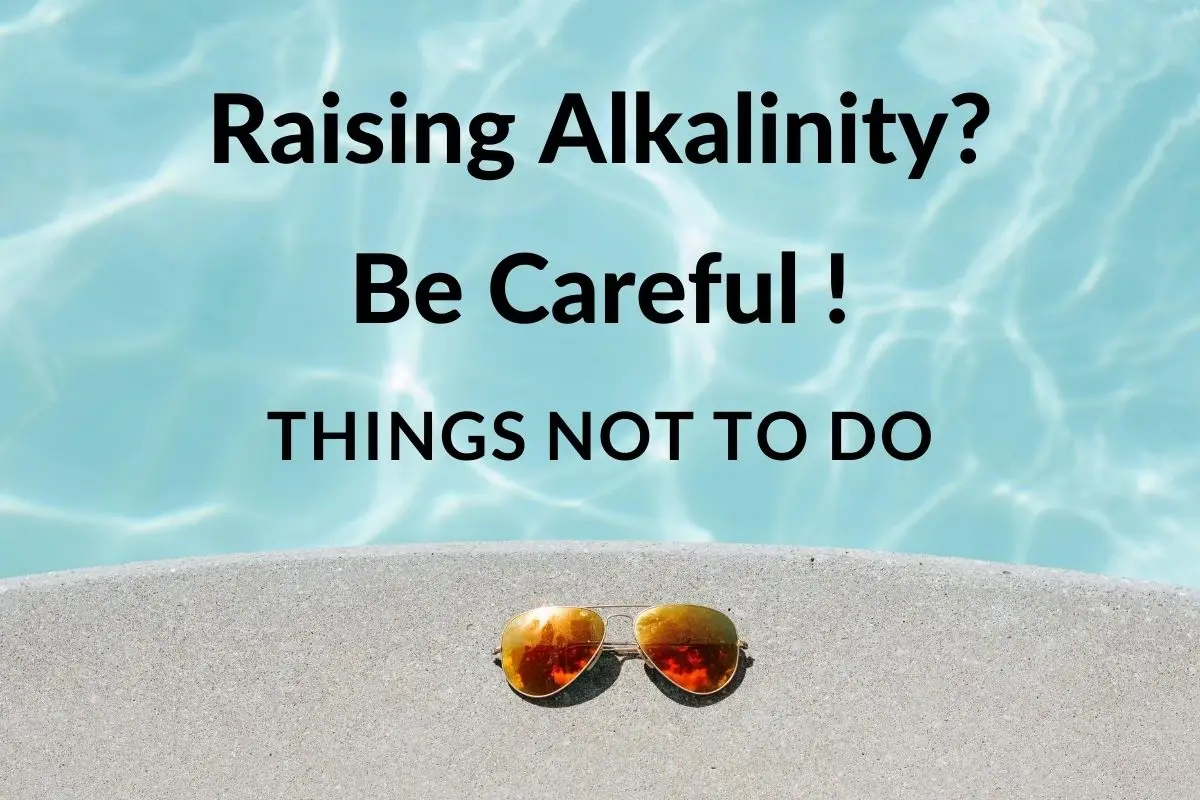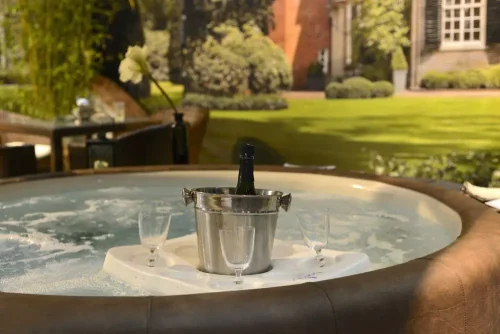[You Need It] 20 Hot Tub Ozonator Pros And Cons
Is a Hot Tub Ozonator Worth it?
In my cases, hot tub Ozonators are well worth the investment needed to install them. This is particularly true for chemical conscious users. For example, when using an Ozonator, there is very little need for the use of harsh chemicals such as chlorine.
This means there is no foul smell, sensitive skin will not be irritated, and no chemical residue will be left in the hot tub. Furthermore, Ozonators are extremely effective in removing contaminants from hot tub water, and maintenance routines are often simple and quick.
If installed and used correctly, Ozonators typically pay for themselves in the amount of time and money that would otherwise be spent on chemical treatments to sanitize hot tub water. Overall, the benefits of Ozonators seem to far outweigh any cons.
Is Hot Tub Ozone Bad for you?
Ozone is a powerful oxidizer, but the amount that is produced by the hot tub Ozonator tends to be insignificant and very safe unless the system is not working properly and you are inhaling directly concentrated ozone gas.
Ozone reacts very quickly in the water and once dissolved it is very safe. Any ozone residuals convert quickly to oxygen. Ozone in your hot tub will destroy even the most resistant bacteria that can cause hot tub itch and other contaminants that infect your hot tub water.
An effective ozone system is designed so that when released ozone reacts very quickly and dissolves in the water. However, if you can smell the ozone, the smell is similar to one of the electrical sparks; it means that the system is not working properly and that you have a leak in your hot tub thus breathing in raw, undissolved ozone gas.
Ozone mostly affects people with sensitive airways who have respiratory system problems while in their hot tubs, but once they unplug the ozonator those problems disappear. Any signs of a scratchy throat or coughing while in your hot tub mean that you are inhaling too much ozone gas and the best solution is to leave the water until the gas dissipates. Raw ozone gas, in too high amounts, can cause lungs irritation and inflammation and temporary damage to the lungs mucous.
Too much ozone concentration in your hot tub affects not only people’s respiratory system but also destroys some types of plastic and other materials, such as a hot tub headrest and cover bottom.
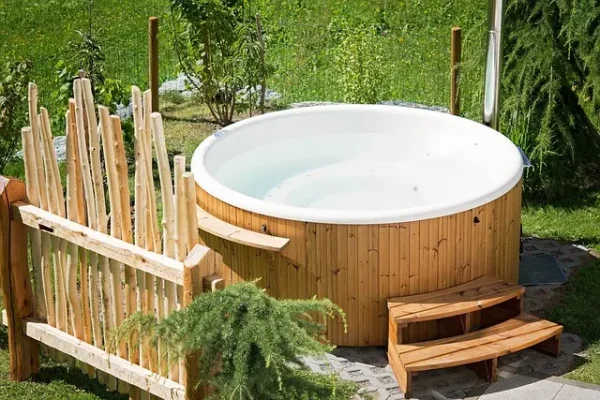
How Long does a Hot Tub Ozonator Last?
Most hot tub ozonators have a lifespan between two to three years before they need to be replaced. However, you should change it even earlier if you have been using your hot tub more frequently for a very long time.
If you notice that your ozonator produces little or no ozone at all there is a good chance that it is depleted and needs to be replaced. Sometimes, before replacing the whole system you need to change the solarized bulb first. Other parts of the ozonator system, like the plates, can last nearly a decade if you clean and maintain it regularly.
Some ozonators can be even longer operating and functional if you have the option to switch out the bulb, but nevertheless, they do not last far beyond the recommended lifespan. Additionally, older ozonator models need a new solarized bulb or a renewal kit every 18 to 24 months.
Does the Ozonator Run All the Time?
For ozone to be effective and sanitize water properly, it should be replenished by running the ozonator at least four to six hours per day. However, how often you will run the ozonator depends on the number of people who have been using your hot tub and how frequently. For maximum performance, you can set the program to run 2 to 3 hours every 12 hours.
In order to avoid running the ozonator with people inside the hot tub, most systems are designed to turn off when the main pump is turned on, because improperly designed systems can be harmful to people. There are, however, some hot tub ozonator systems that run nonstop because their system dissolves ozone extremely fast and it does not release gas into the hot tub.
For the best performance and maintenance of your hot tub, you should check your hot tub owner manual before using the ozonator.
What is the Purpose of an Ozonator in a Hot Tub?
Ozonators in hot tubs work to oxidize any contaminants within the hot tub’s water using ozone. Ozone is known as energetic energy and is formed when 3 atoms of oxygen are bound together as opposed to the standard 2 atoms found in oxygen.
When this additional oxygen molecule is added, the otherwise stable oxygen molecule becomes unstable and reactive. Then, water and the now unstable ozone are pushed into the hot tub.
When ozone comes into contact with contaminants in the water, the contaminants pick up the extra oxygen molecule. This causes a reaction that removes any contaminants from the water.
Hot Tub Ozonator Pros
- Ozonators utilize natural cleaning processes to disinfect a hot tub’s waters. This means that high doses of harsh chemicals such as chlorine or bromine are not necessary to keep waters clean.
- The harsh chemicals typically used to keep hot tub’s clean often cause extreme irritation resulting in itchiness of the eyes and skin or visible rashes when your skin is exposed to the chemicals in the hot tub’s water.
- Given that Ozonators utilize all-natural chemicals, there is a reduced level of upkeep needed from owners. As a result, sanitizers typically used to keep waters clean are not frequently needed, and owners can save significant amounts of money on such cleaning agents.
- The ozone created when using Ozonators is made by combining 3 oxygen molecules in a natural process. This means that Ozonators do not leave strong, irritating smells as do their chemical counterparts.
- Numerous (if not all) contaminants within a hot tub’s water are oxidized and removed using ozone. This removal includes germs and bacteria, oils, perfumes, and more. As a result of the mass amount of contaminants being removed, there is a lessened need for additional chemical cleaning processes. Overall, Ozonators nearly eliminate any chemicals involved in keeping hot tubs clean and sanitary.
- Given that ozone returns to the air if not utilized, water becomes both cleaner and clearer. This results due to both the removal of any contaminants as well as a lack of chemical residue left lingering in the water.
- Typical chemicals such as chlorine require frequent maintenance to reduce chemical build-up and necessitate additional cleaning routines. However, Ozonators run frequently and require very little, if any, additional maintenance from owners.
- Unlike chlorine, ozone poses no risk of leaving harmful chemical byproducts in the hot tub’s water. It simply dissipates into the air if not utilized to remove any harmful contaminants.
- Water can be left in a hot tub for longer periods of time before needing to be completely drained and replaced, because it is left clean and clear of any harmful substances that may leave residue on the lining of a hot tub.
- The lack of chemicals used when implementing an Ozonator often results in a reduced rate of common skin conditions such as eczema among hot tub users.
Hot Tub Ozonator Cons
- High levels of ozone can negatively impact the respiratory system. If the level of ozone becomes too high it may result in coughing and irritation in the chest.
- May cause damage to the hot tub as gas between the water and the hot tub cover may build up over time. This most commonly results if a hot tub cover is left on at all times and can create irreversible damage to the hot tub.
- If not installed properly, the ozonator could malfunction creating higher needs for maintenance and additional costs. For instance, if the Ozonator malfunctions, users will need to disinfect water which likely results in fully draining and cleaning the hot tub, applying chemicals, and either reinstalling an Ozonator or implementing a chemical-based cleaning process.
- Given that hot tubs do not typically come with Ozonators already installed, the installation process can be time-consuming. Furthermore, not every hot tub can support an Ozonator. Therefore, before any steps are taken to prepare for installation, the owner’s manual should be consulted to ensure that the installation of an Ozonator is an option.
- Ozone works well to disinfect water to its extreme reactiveness stemming from its corrosive qualities. As a result, treated water becomes more corrosive, and hot tubs should have anti-corrosive materials to prevent their breaking down over time.
- The effect of Ozonators does not last more than 12 hours at a time, meaning the Ozonator must be run frequently
- Due to the fact that ozone does not last long within water, Ozonators must be run frequently, As a result, they need fairly frequent replacement and last an average of only 3 years at a time.
- Water must be fresh and clean upon installation of an Ozonator. Most often, this means that a hot tub must be fully drained in order to install an Ozonator. Given that an average hot tub can hold roughly 400 gallons of water, this means that installation creates a significant amount of water waste.
- New maintenance routines must be learned and implemented which may be quite time-consuming. For instance, users must ensure that ozone is present within the hot tub’s water. This means that test kits must be bought and correctly implemented. In addition, the delivery system and check valves should be checked to ensure they are working properly to deliver ozone into the hot tub.
- The effects of an Ozonator do not last long due to the rapid rate at which ozone dissipates from the water. This means that the water is at a high risk of contamination, and the Ozonator must be run very frequently to prevent any bacteria from entering and accumulating within the hot tub.





